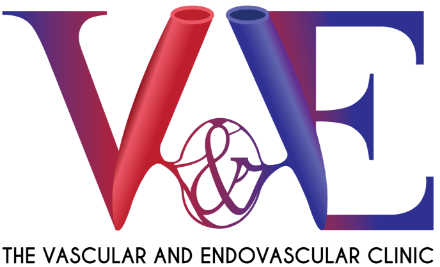High Heels And Varicose Veins:

1. Altered Blood Flow: High heels shift the body’s weight forward, which can lead to increased pressure in the veins of the legs. This pressure can hinder proper blood flow and worsen the pooling of blood, a common issue in varicose veins.

2. Muscle Engagement: Wearing high heels reduces the engagement of calf muscles, which play a crucial role in helping pump blood back to the heart. This decreased muscle activity can lead to stagnation of blood in the veins.

3. Increased Pressure: The elevated position of the heel can cause the veins to stretch and become more prominent. This can increase the visibility of varicose veins and worsen their condition.

4. Discomfort and Pain: High heels can cause discomfort and pain in the legs, which can be particularly problematic for individuals already suffering from varicose veins. This discomfort may lead to reduced activity levels, further contributing to poor circulation.

5. Increased Risk of Injury: Wearing high heels can lead to falls or injuries, which may be particularly concerning for those with compromised vascular health.
For these reasons, individuals with varicose veins are often advised to choose lower-heeled shoes or supportive footwear to promote better circulation and reduce discomfort.
After varicose vein surgery, it’s generally advisable to avoid wearing high heels for a period of time, but the specific recommendations can vary based on individual circumstances and the type of surgery performed. Here are some general guidelines:

1. Follow Medical Advice: Always consult with your vascular surgeon or healthcare provider regarding when it is safe to resume wearing high heels. They can give you personalized recommendations based on your recovery.

2. Initial Recovery Period: In the early stages of recovery, typically for several weeks, it’s crucial to wear comfortable, supportive footwear to promote healing and ensure proper circulation.

3. Gradual Return: After the initial recovery period, if your vascular surgeon approves, you may gradually reintroduce high heels. Start with lower heels and shorter durations to assess comfort and any discomfort.

4. Listen to Your Body: Pay attention to how your legs feel when wearing high heels post-surgery. If you experience pain, swelling, or discomfort, it may be wise to opt for more supportive footwear.

5. Long-Term Considerations: Even after you’ve healed, it’s a good idea to limit the frequency and duration of wearing high heels to maintain optimal leg health and prevent the recurrence of varicose veins.







